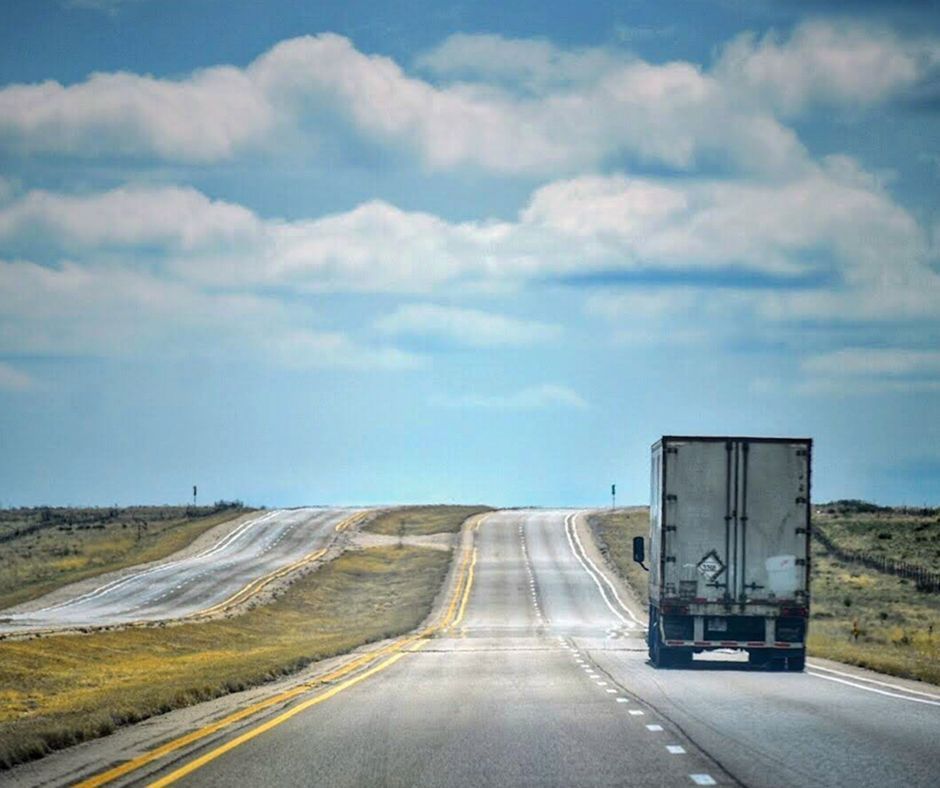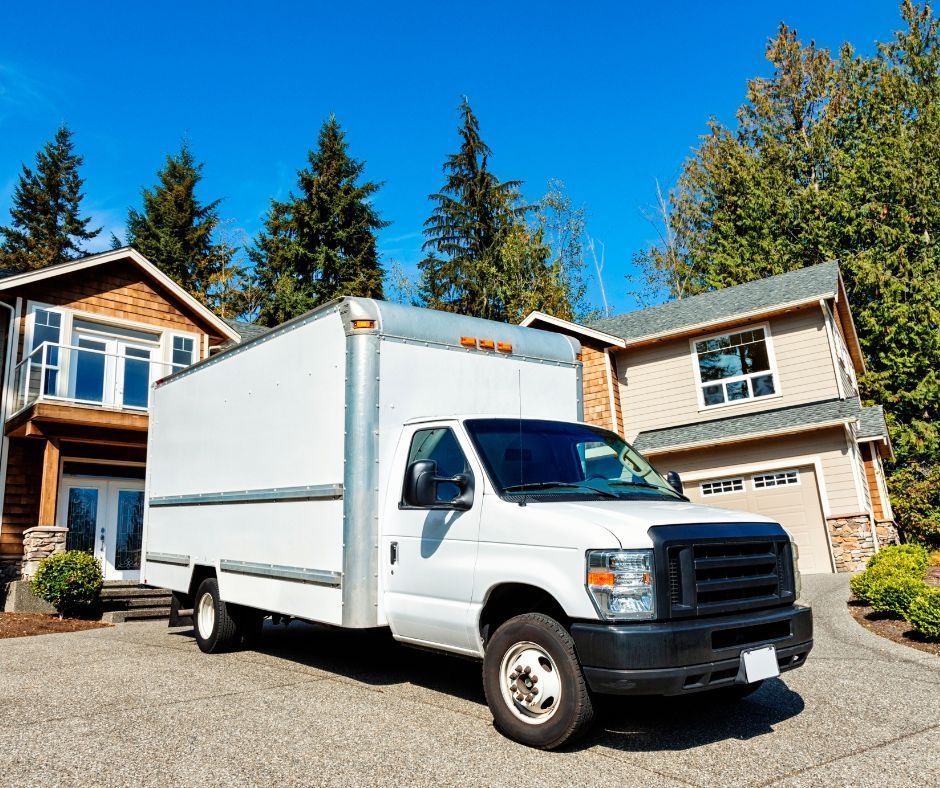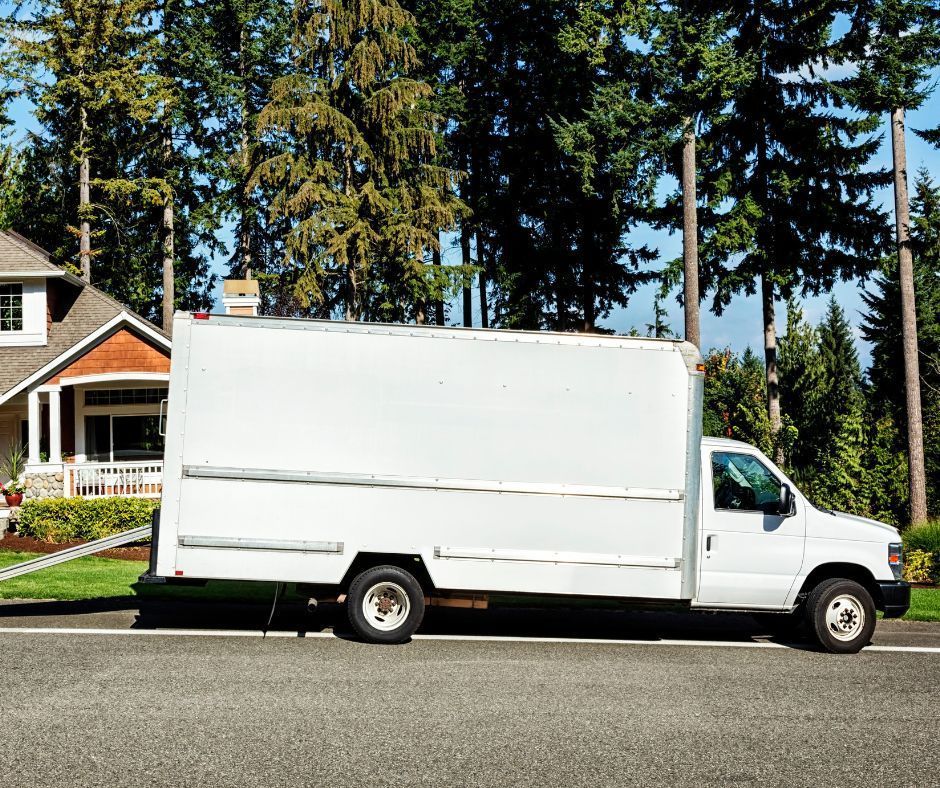How To Find The Best Long Distance Moving Trucks For Your Move
Bryan Bloom • April 16, 2023
If you're planning a
long-distance move
, you must find the best moving truck. Fortunately, there are several options available that will make your move easier. From size and price to loading capacity and fuel efficiency, this article will explain how to find the best long-distance moving trucks for your move.
Are you dreading packing all your belongings and hauling them across the country? Don't worry - with some research, you can easily find the perfect truck for your long-distance move. When choosing the right moving truck, you must consider size, cost, amenities, and fuel efficiency. With so many options on the market, it's important to compare features and prices before deciding.
Choosing the best long-distance moving truck can seem overwhelming at first glance. That's why it's essential to take some time and do your research thoroughly before deciding which truck is right for you. We'll cover all the information about finding the best long-distance moving trucks for your move - from size and price to loading capacity and fuel efficiency. Let's get started!
Researching Truck Rental Companies

It's vital to research truck rental companies before deciding on the best one for your long-distance move. There are many factors to consider, including the availability of trucks, cost and customer service. Start by looking at online reviews and recommendations from friends or family who have used a particular company. Then, be bold, ask questions, and ensure you understand your rental agreement's terms and conditions.
Next, compare the rates of several different companies to find the most affordable option without sacrificing quality. Finally, consider additional truck rental fees, such as insurance or mileage charges. Additionally, look into any discounts available depending on when you plan to move.
Once you have narrowed your options, contact each company directly for more information about their services. Ask about the type and size of trucks they offer and any special features in their rental packages, such as GPS tracking or roadside assistance. Be sure to inquire how much time you will have to load and unload the truck to ensure everything is done within the given timeframe. Make sure all of your questions are answered before making a final decision so you can make an informed choice about which truck rental company is best for your long-distance move.
Comparing Truck Size And Features
Now that you've researched and narrowed down your list of truck rental companies, the next step is to compare truck sizes and features. When renting a long-distance moving truck, it's essential to consider the size of the truck and its features. Here are some points to help you determine which truck is best for your move:- Check the Size
- Look for Special Features
- Check for Discounts
- Read Reviews
Estimating The Price Of Rental
Once you know what type of truck you need for your move, it's time to estimate the cost. Renting a long-distance moving truck can vary depending on the company and the size of the vehicle. Many companies offer online calculators to help you determine an estimated cost for your rental. Consider whether or not you will need to add additional insurance coverage as well. You should also factor in fuel costs, which vary depending on how far you travel. It may be beneficial to compare rates from different rental companies before deciding. Ensure fees and taxes are included in the quoted rate so there are no surprises at checkout time. Most companies offer discounts for early booking, so be sure to inquire about any promotional offers they may have available. When searching for a truck rental, make sure that you read all of the terms and conditions before signing any contract, as this will allow you to avoid potential issues down the line. Be sure to ask questions if anything needs to be clarified, and always remember to shop around for competitive rates. This way, you'll have peace of mind knowing you're getting a great deal on your long-distance move!Calculating Fuel Costs
Now that you have estimated the cost of renting the right long-distance moving truck for your move, it's time to calculate the fuel costs. While this is a necessary expense, there are some innovative strategies you can use to keep your fuel costs lower. First, plan. Research current gas prices and make sure you get the best rate possible. If you're planning on driving through a few states, be mindful of state-by-state gas taxes and other fees that could increase your total cost. It would be best if you also looked into whether or not any truck rental companies offer discounts on fuel purchases. Next, could you fill up as often as needed but only what is necessary? Most trucks can only hold so much fuel at once, so filling up too often will be unnecessary and costly for you in the end. Finally, check your vehicle's MPG rating before setting out - this will give you an idea of how many miles per gallon it gets, so you know how much distance you can cover on one gas tank. Finally, avoid rush hour or peak traffic when driving your moving truck; spending more time in traffic means burning more gas than necessary and ultimately increasing costs. Please be sure to always be careful about how many miles per gallon your vehicle gets and adjust accordingly to reduce overall expenses.Understanding Insurance Requirements
When it comes to long-distance moving, insurance is a must. So, it's essential to understand the insurance requirements of the truck you select and make sure they are enough for your needs. In addition, if any of your belongings are damaged or lost during the move, you will need a way to cover the cost. Most long-distance moving truck companies require you to obtain your insurance policy for your belongings and their coverage. Your policy should cover property damage or loss caused by accidents, theft and vandalism. Could you read the fine print on these policies and ask questions if anything needs clarification? It's also important to keep track of all your belongings before and after the move so that you can verify what items were damaged or lost during transport and file an accurate claim with your insurance company. Could you be sure to document each item with photos before and after loading it onto the moving truck so that you have evidence of its condition at both points? These precautions can help ensure you're adequately covered if something goes wrong during your move.Checking Vehicle Condition Before Booking

Before booking a long-distance moving truck, you should always be sure to check the vehicle's condition. A poorly maintained truck can cause significant inconvenience and cause delays or damage to your items. Here are five key areas to inspect before making a reservation:
- Check for any visible signs of wear, such as rust, dents, or scratches
- Inspect tires for tread depth and proper inflation
- Evaluate the engine and battery for leaks or corrosion
- Make sure all lights and signals are in working order
- Ensure that the truck has all necessary safety equipment
Scheduling Pickup And Return Times
Now that you've checked the condition of your long-distance moving truck and are satisfied with its shape, it's time to schedule pickup and return times. To do this, contact the rental company by phone or email to make arrangements. They may ask for your estimated travel date and when you would like to pick up the vehicle. After you have chosen your dates, check whether there is a fee for early or late returns. Many companies may charge extra for these services, so ask before booking. In addition, inquire about any insurance coverage that might come with the truck rental; this could save you money in an accident or other issues during your move. Once all the details have been worked out, you can book the truck. Be sure to get confirmation from the rental company in writing regarding all terms and conditions associated with the rental so there will be a clear understanding later. This will help ensure a smooth moving experience free from unnecessary complications and stress.Determining Availability Of Specialty Equipment
When planning a long-distance move, it is essential to determine if the moving truck company you are considering has the right specialty equipment for your needs. Many companies offer specialized equipment such as car carriers, climate-controlled trailers, and oversized trailers. It's also important to research whether or not the company provides discounts on certain items you may need. Before signing a contract with any company, please inquire about the availability of their specific types of specialty equipment. It would help if you also asked about special equipment costs. Companies may negotiate prices depending on how much you use their services. Additionally, inquire about any additional fees associated with using these items. If you are still looking for a trucking company that meets your needs in terms of specialty equipment, other options are available. You can always rent a truck from an independent party or opt for self-service moving. Regardless of your chosen route, it's essential to research and ensures that all necessary precautions are taken before signing any contracts or agreements.Securing Parking Permits For Long-Distance Moves
Knowing where to park your moving truck can be challenging when moving a long distance. Depending on the size of the car and the length of stay, you may need to secure a parking permit. This is especially true if you plan to leave your vehicle parked for more than a few hours. The easiest way to obtain a parking permit is by contacting your local police department or city hall. They should be able to inform you about local laws restricting parking in certain areas and what types of permits are available for extended stays. Also, ask about any fees associated with obtaining a visa, as these can vary between municipalities. It's also worth considering whether any private lots in the area offer long-term parking at an affordable rate. Renting space in a lot is cheaper and more convenient than obtaining a permit from the city or police department. Ultimately, it's essential to research to ensure you have all the necessary documents and receipts before embarking on your move.Investigating Moving Supplies And Packing Materials
Having the right supplies and materials for a long-distance move is essential. Whether you're packing up your belongings or planning on hiring professional movers, having the proper packing materials can help make your move smoother. Therefore, before you begin packing, it's essential to research the different types of moving available supplies. Start with considering what kind of boxes you'll need for your move. Moving boxes come in various shapes and sizes, so pick ones that will fit your items comfortably and securely. You'll also need to pay attention to any special instructions from the supplier, such as if they require specialized storage solutions or specific types of tape or wrapping materials. And consider what protective or bubble wrap you may need for furniture and electronics. This will help keep them safe during transit and prevent them from being damaged. Additionally, moving blankets can help cushion fragile items like mirrors and artwork during transport. Use non-abrasive materials when padding these items and store them carefully en route. Lastly, please research how to pack each item before loading them onto the truck or shipment container. Doing this in advance can help save time on moving day and ensure all your belongings get safely from point A to point B without any damage or delay.Evaluating Professional Movers Vs DIY Moves
Now that you have the supplies and packing materials necessary for your move, it is time to assess your options for moving. You can choose between hiring professional movers or making a DIY move. When Considering Professional Movers:- Consider their reputation and experience in the industry
- Check reviews online and ask friends who may have used them before.
- Make sure they are licensed and insured.
- Determine what services they offer and their rates:
- Ask about additional fees, such as fuel charges, other stops, etc.
- Get an itemized list of the services provided and ensure you understand it.
- What type of trucks do they use? Are they climate controlled?
- Are there any restrictions on how items should be packed?
- Will they provide packing materials, or will you need to supply them?
- If you plan to move with a rented truck, will it fit all your belongings? You may need multiple trips or extra help loading/unloading if you need more time.
- Check reviews online and compare prices between different companies.
- Ensure you have enough time to finish everything without being rushed—schedule when you will pick up the truck, when it needs to be returned, etc.
Choosing The Right Vehicle For Your Belongings

Deciding on the best long-distance moving truck for your move, there are a few things that you need to consider. First and foremost, you should determine the truck size you will need for your belongings. It is important to remember that larger trucks may cost more fuel and other expenses, but they can also help ensure that all your items will fit securely inside. Additionally, it would be best if you thought about any additional services and discounts that could help lower the overall cost of your move.
The second factor to remember is the amenities each company offers. For example, some companies offer climate control within their vehicles, while others might provide 24-hour roadside assistance. Knowing what services are available can be a great way to ensure that your belongings arrive safely at their destination.
Finally, it is vital to research the moving company's policies regarding pickup and delivery times. Many companies have flexible pickup times so that you can choose when it's most convenient for you. Additionally, many companies will allow customers to track their shipments to ensure everything arrives promptly. Doing this research ahead of time can save a lot of headaches in the end.
Considering Environmental Impacts Of Long-Distance Moves
When choosing a long-distance moving truck for your move, it's essential to consider the environmental impacts. After all, moving trucks use a lot of fuel and can cause air pollution when driven over long distances. Here are some things to think about: Vehicle Emissions- Look for low-emission vehicles to reduce the impact on the environment.
- Research whether the car uses gasoline or diesel fuel and how much carbon dioxide is emitted per mile.
- Consider renting an electric vehicle if you can find one.
- Check how many miles per gallon the vehicle gets before renting it.
- Find out if the vehicle has any features that make it more fuel efficient, such as aerodynamic designs or advanced engine technologies.
- Ask whether the company will recycle any cardboard boxes or other materials used during your move.
- Look into their packaging materials; some may be more environmentally friendly than others (e.g., biodegradable packing peanuts).



